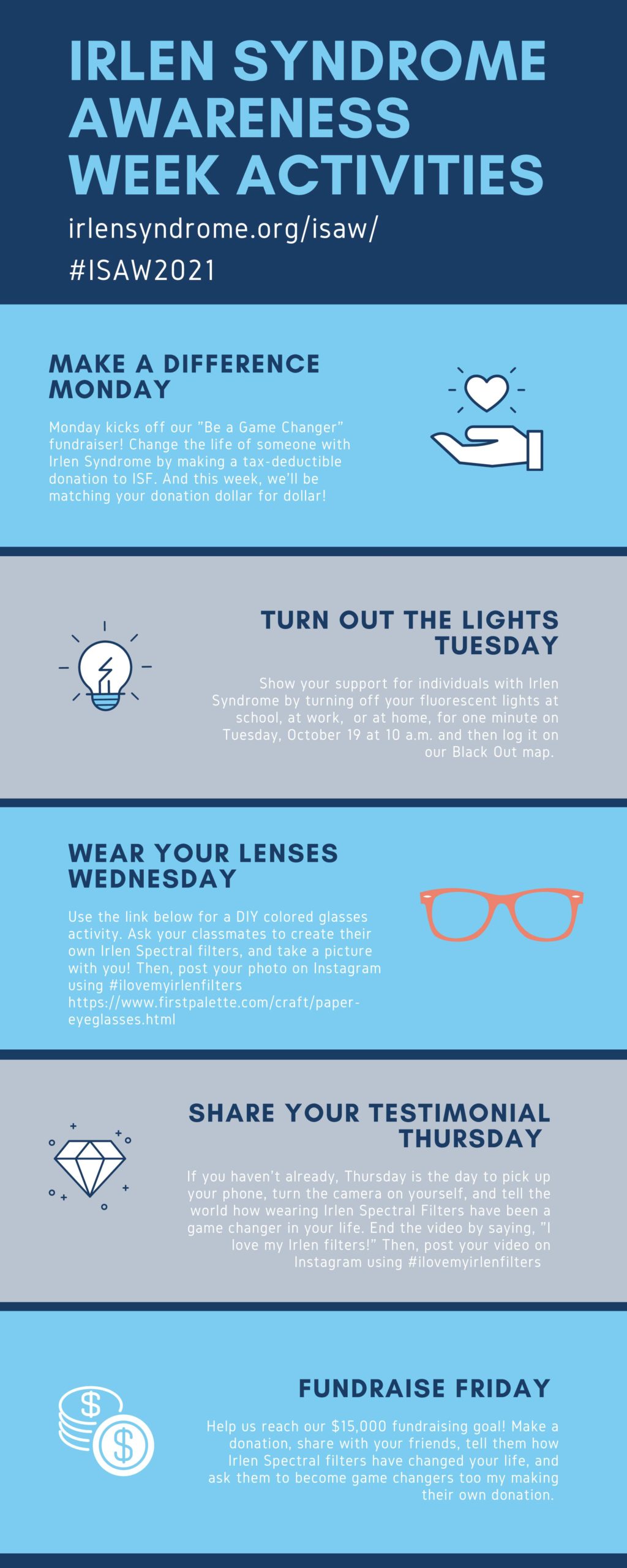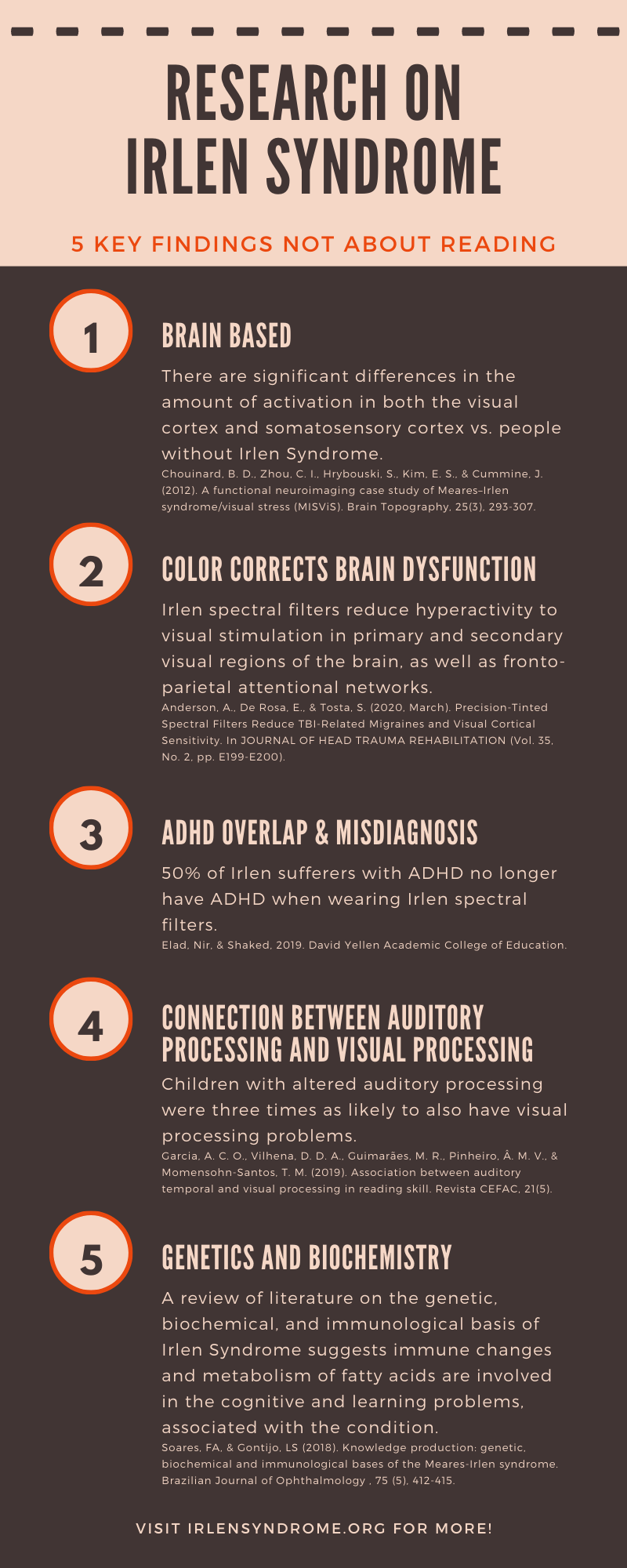Become an Irlen Diagnostician – Get Training for Irlen Syndrome Screening
Becoming an Irlen Diagnostician represents a unique opportunity for professionals to expand their expertise into the realm of visual perception. The Irlen Institute offers comprehensive training for individuals interested in mastering Irlen Syndrome screening and diagnositic techniques. This critical skill set guides you in identifying and supporting those with this often overlooked visual processing disorder. Join the community of experts dedicated to improving lives through the identification and treatment of Irlen Syndrome.
Embark on Irlen Syndrome Screener Training to Be a Certified Diagnostician
Aspiring professionals eager to become an Irlen diagnostician can do so through dedicated screener training. This educational journey is the gateway to becoming vested with the expertise necessary to be a proficient Irlen Syndrome screener. Our certification program is meticulously designed for those seeking to be a pivotal part of the solution for individuals with Irlen Syndrome. With our comprehensive training, participants are immersed in a curriculum that primes them to become proficient in the identification of individuals with Irlen Syndrome . Candidates striving to be a beacon of hope in the Irlen community will find that our screener training equips them with the knowledge and practical skills required. Upon completion, trainees emerge as certified Irlen screeners , ready to conduct screenings and support the diverse needs of their clients. So, if you’re poised to become an integral part of this transformative field, embrace the opportunity to become an Irlen screener and join a network of professionals advancing this specialized domain.
- Complete a training program conducted by the Irlen Institute or a certified Irlen diagnostician .
- Obtain certification after successfully passing the required assessment following the training program.
- Adhere to ongoing professional development and re-certification requirements as established by the Irlen Institute to maintain active screener status.
Acquire Essential Information on Irlen Syndrome to Be an Effective Screener
To become a proficient screener for Irlen Syndrome, it’s essential to delve into the vast wealth of information available on the subject. Understanding Irlen Syndrome is a cornerstone of the learning process for every potential diagnostician. In-depth research is necessary to grasp the nuances of this condition, which affects reading and learning in significant ways. Aspiring screeners must immerse themselves in the study of Irlen Syndrome to accurately identify and support individuals coping with this visual processing issue. Irlen.com offers comprehensive training that integrates research findings with practical screening techniques. Engaging with research is crucial, as it continually informs best practices for those tasked with reading assessments tied to Irlen Syndrome. By becoming well-versed in the latest syndrome facts and management strategies, candidates are well-prepared to undertake the crucial responsibility of guiding people through their Irlen journeys. It’s through persistent learning and sustained research that the mantle of Irlen certified screener is earned.
Learn How Certification as an Irlen Diagnostician Can Provide Real Solutions
Embarking on the journey to become a certified Irlen diagnostician, one gains the tools to provide real solutions for those affected by Irlen Syndrome. Aspiring diagnosticians must first learn about this visual processing disorder through comprehensive Irlen research as certified Irlen Screeners, which illuminates the challenges faced in reading and other activities. The Irlen method is not just about reading; it’s an approach backed by ongoing research that offers transformative impact. By getting your certification, you join a community of diagnosticians committed to making a difference. To get started on this rewarding path, you must first submit an application to Irlen.com. As an Irlen diagnostician, contact with clients is paramount, which requires a professional email for seamless communication. Once certified, diagnosticians become part of an international network, where exchanging contact details and experiences is encouraged. Get in touch with us today if you’re ready to learn how to deliver solutions as an Irlen diagnostician.
In conclusion, embarking on a journey to become an Irlen screener or diagnostician is not only a step toward advancing your professional skill set but also a compassionate move to assist those impacted by Irlen Syndrome. The Irlen Institute provides comprehensive training programs to equip you with the knowledge and tools necessary for effective screening and support. By committing to this training, you embrace the opportunity to make a significant difference in the lives of individuals with visual processing difficulties. Join the dedicated community of Irlen professionals and begin your transformative path today.
Q: What is an Irlen Diagnostician, and what can I expect from becoming one?
A: An Irlen Diagnostician is a professional trained in identifying and supporting individuals with Irlen Syndrome, a visual processing disorder that can affect reading and learning. By becoming an Irlen Diagnostician, you will expand your expertise into the realm of visual perception, helping to improve lives through precise identification and remediation of the syndrome.
Q: How do I become trained as an Irlen Syndrome screener?
A: To become an Irlen Syndrome screener, you must meet the minimum education requirements and need to undergo screener training offered by the Irlen Institute. This educational journey includes a rigorous certification program designed to prime you to become a proficient screener with comprehensive knowledge of visual processing and practical skills necessary for effective assessment .
Q: What kind of research and preparation is required to become an Irlen Diagnostician?
A: After becoming a certified screeberm aspiring diagnosticians must engage in in-depth research to understand Irlen Syndrome thoroughly. The Irlen Institute provides comprehensive training that integrates current research findings with practical screening techniques. Continuous learning and staying updated on the latest syndrome management strategies are crucial for being an effective Irlen Diagnostician.
Q: How do I get started with my Irlen Diagnostician certification, and what resources are available to me?
A: To get started with your certification, you must submit an application to the Irlen Institute. All diagnosticians must meet the minimum educational requirements and complete the screener training prior to becoming an Irlen diagnostician. As part of the diagnostician community, you will have access to training programs, research, practical skill development, and a network of professionals for support and experience sharing.
Q: What impact can I make as a certified Irlen Diagnostician?
A: As a certified Irlen Diagnostician, you have the opportunity to make a transformative impact on the lives of those affected by Irlen Syndrome. You will provide real solutions, support the diverse needs of your clients, and join a dedicated community committed to improving reading and learning for individuals with visual processing challenges.
Note: The responses above are based on the information provided in the original text and would need approval for accuracy and adherence to the actual processes and offerings of Irlen.com.



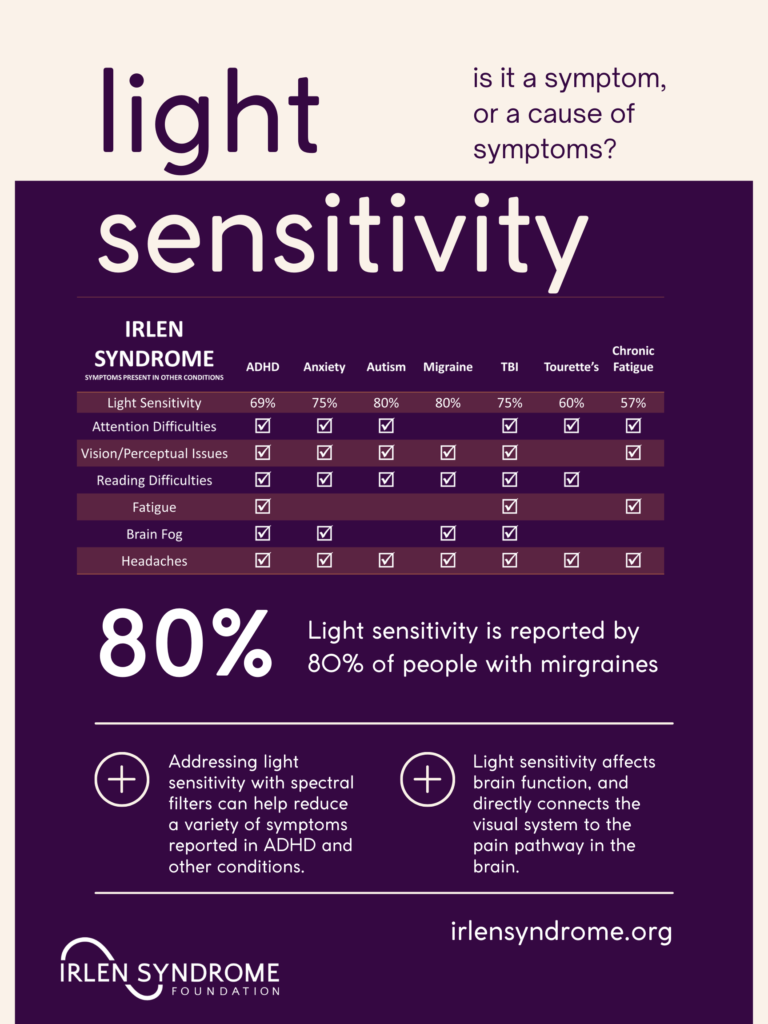
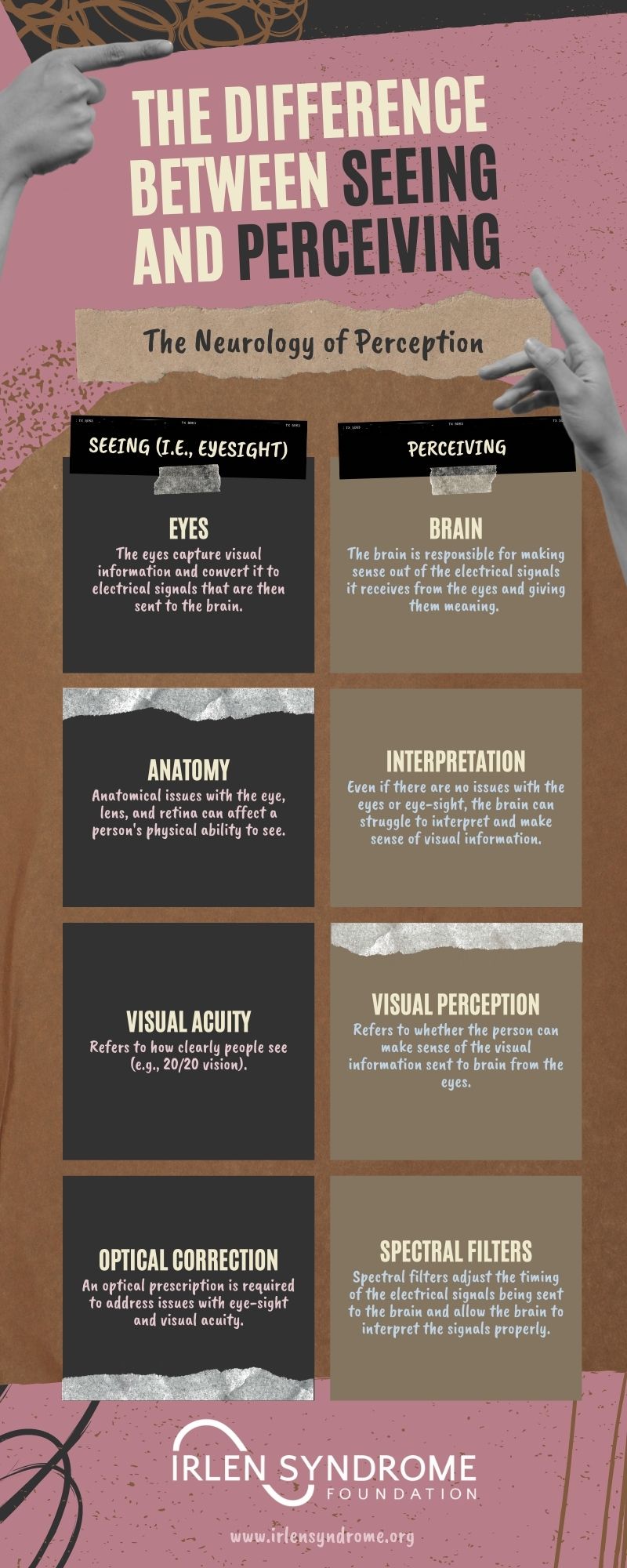
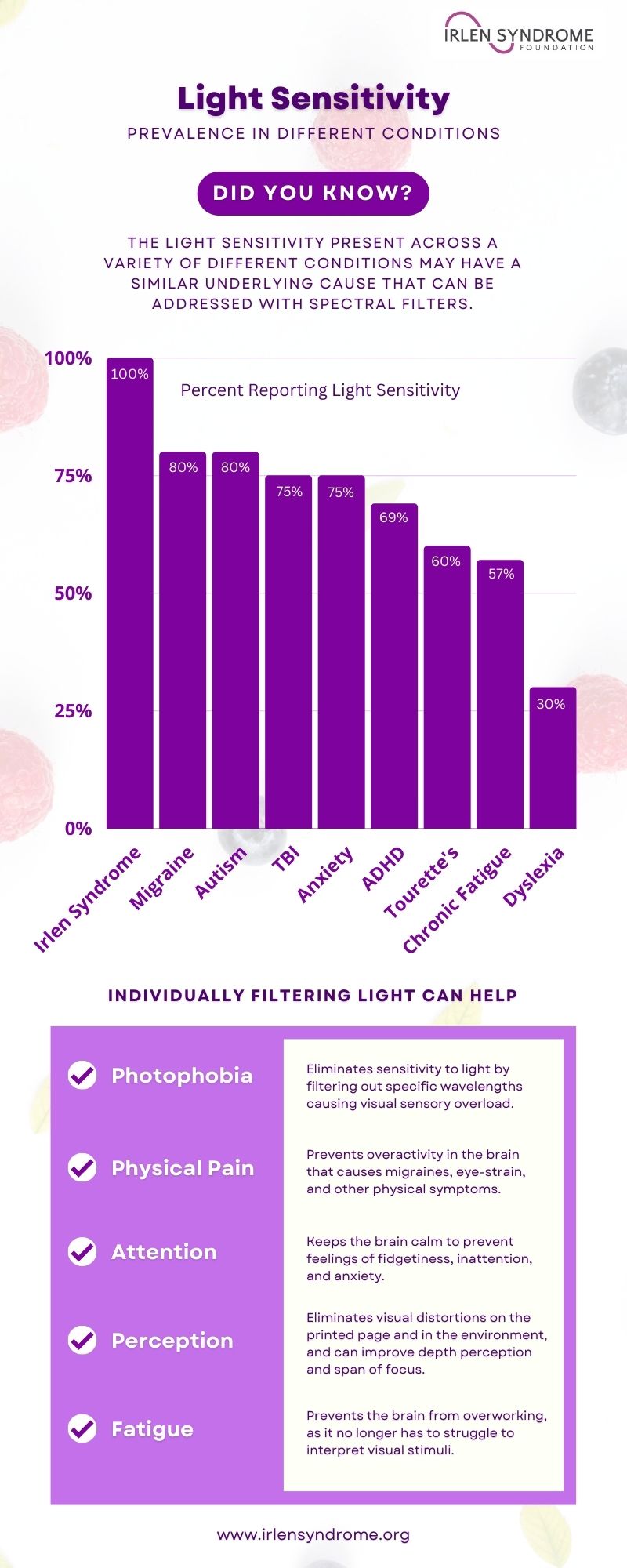
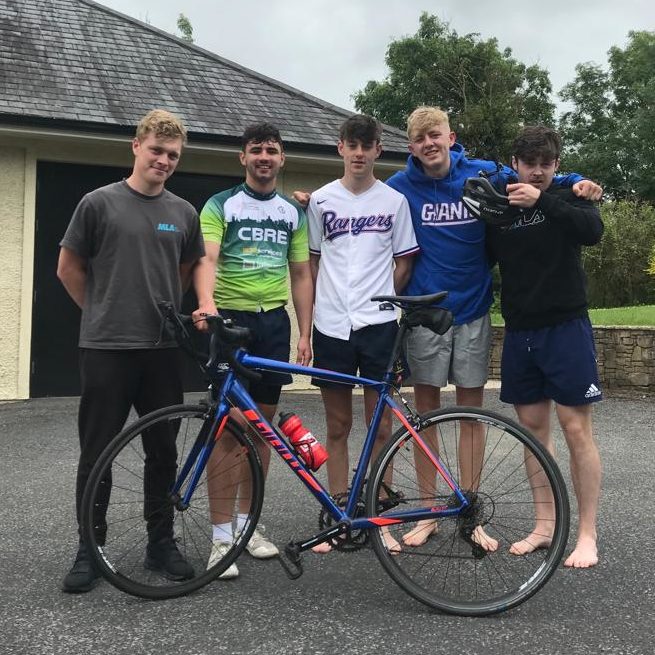 My mom discussed the Educational psychologist’s report with Mrs. Hogan who agreed that we needed a change in direction in dealing with my issues. She put us in touch with a new speech and language therapist who recommended that I meet with Karen O’Connor who runs the ‘Child Development Centre’ in Ireland. This center runs programs for children with a wide range of issues. We did not know it at the time, but this program was going to drastically improve my school and social life. I vividly remember the first time I stepped foot into the room where “The Lift” as it was known was run. I was in a group of 8 to 10 children who had experienced similar issues to me. This program, to explain it briefly, was a music therapy program that took place 5 days a week for 3 weeks. Each child was given a microphone headset and any book of interest. For 20 to 30 minutes, each child would take a spot in a room by themselves and read aloud while listening to classical music, and as you read, you can hear yourself through the microphone.
My mom discussed the Educational psychologist’s report with Mrs. Hogan who agreed that we needed a change in direction in dealing with my issues. She put us in touch with a new speech and language therapist who recommended that I meet with Karen O’Connor who runs the ‘Child Development Centre’ in Ireland. This center runs programs for children with a wide range of issues. We did not know it at the time, but this program was going to drastically improve my school and social life. I vividly remember the first time I stepped foot into the room where “The Lift” as it was known was run. I was in a group of 8 to 10 children who had experienced similar issues to me. This program, to explain it briefly, was a music therapy program that took place 5 days a week for 3 weeks. Each child was given a microphone headset and any book of interest. For 20 to 30 minutes, each child would take a spot in a room by themselves and read aloud while listening to classical music, and as you read, you can hear yourself through the microphone.